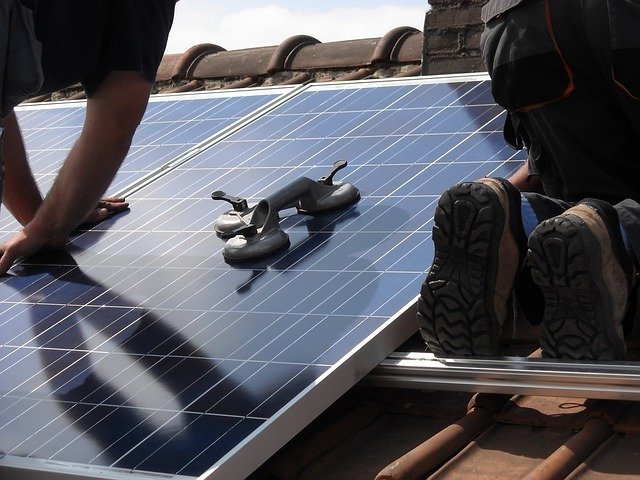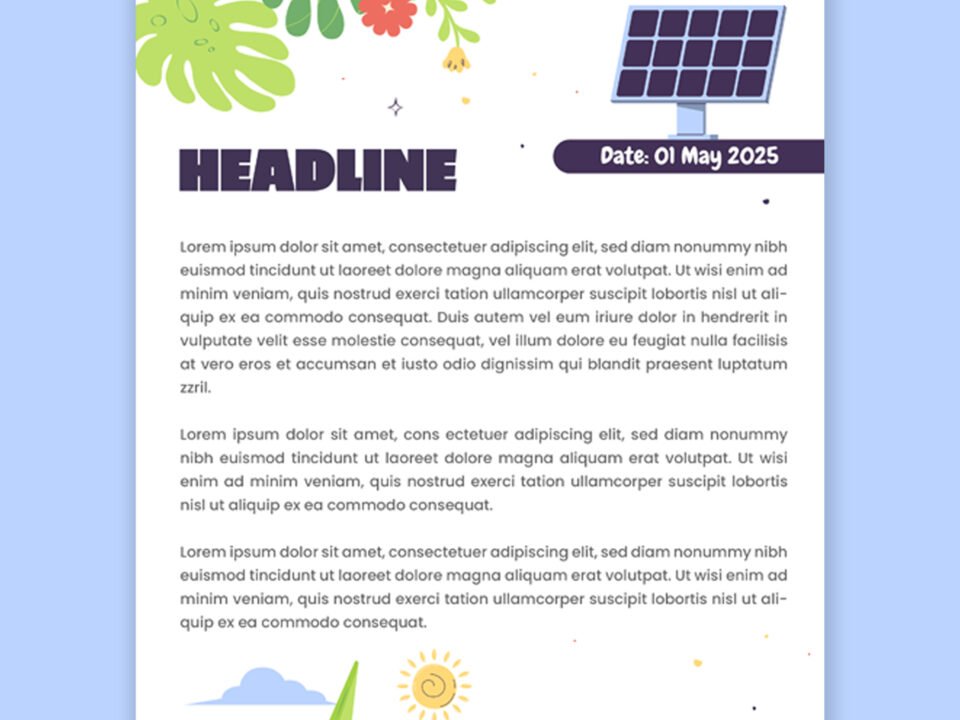We all know how solar power is taking over the world with its potential to provide energy at much fewer costs all while saving our planet and improving environmental health.
Second-hand solar panels are not a bad idea to start to get used to the new concept and
become aware of its workings. All used purchases come with their own limitations. Thrifted
panels benefit the environment and a customer’s wallet when in adequate condition. But more than half the time they’re of inadequate quality. You always run the risk of purchasing a
malfunctioning system when acquiring second-hand goods. Let’s look at a few challenges
closely:
1. Decreased Efficiency
Solar panel efficiency definitely drops down with age. The rate of degradation or deterioration
depends on the tier or panel type. Tier one panels degrade at .30%, reaching 93.04% efficiency
over 25 years. The third-tier panels degrade to 82.47%
2. Damage and Imperfections
Damage and imperfections are very difficult to spot. If a panel contains internal moisture from cracks or malfunctions, the voltage output will fluctuate, interfering with energy demands and this can hardly be pointed out initially. Other issues may interfere with efficiency rates or cause zero energy which makes this a very complex idea in the first place.
3. No Company Backing
Unlike purchasing panels from a company, used versions lack warranty backing. If the
equipment has issues and needs repairs, it is on your dime as no one will take that chance and give you the chance to return or help you with any kind of maintenance. Though solar
maintenance costs dropped significantly in the past few years, they are more costly than
complimentary repairs from the sales or installation company.
4. Out-of-Pocket Installations
Many solar companies conduct the installation. When you purchase new, the provider calculates this into your cost and sends professionals to your home. Used solar panels lack a setup crew for installation and checkup before starting to use, leading individuals to pay out-of-pocket for mounting and wiring.
5. Transportation Expenses
Similar to installations, companies pay for system transportation following a new purchase. If
you buy used solar panels, you are responsible for transporting the devices all by yourself just like installing them all by yourself. You may have to hire a moving team to transport the system, ensuring its safety throughout the trip.
FIRST STEP It is very important to weigh the pros and cons of purchasing used solar panels and decide to follow through, you may want to contact a renewable energy consultant. They can evaluate the age, efficiency, and condition of the system before you make the purchase and all these challenges mentioned above will be treated. When the professional gives you the go-ahead, you may install your panels and experience the environmental and financial benefits. Because overall getting an idea of the most important investment at lower prices is a great opportunity.




